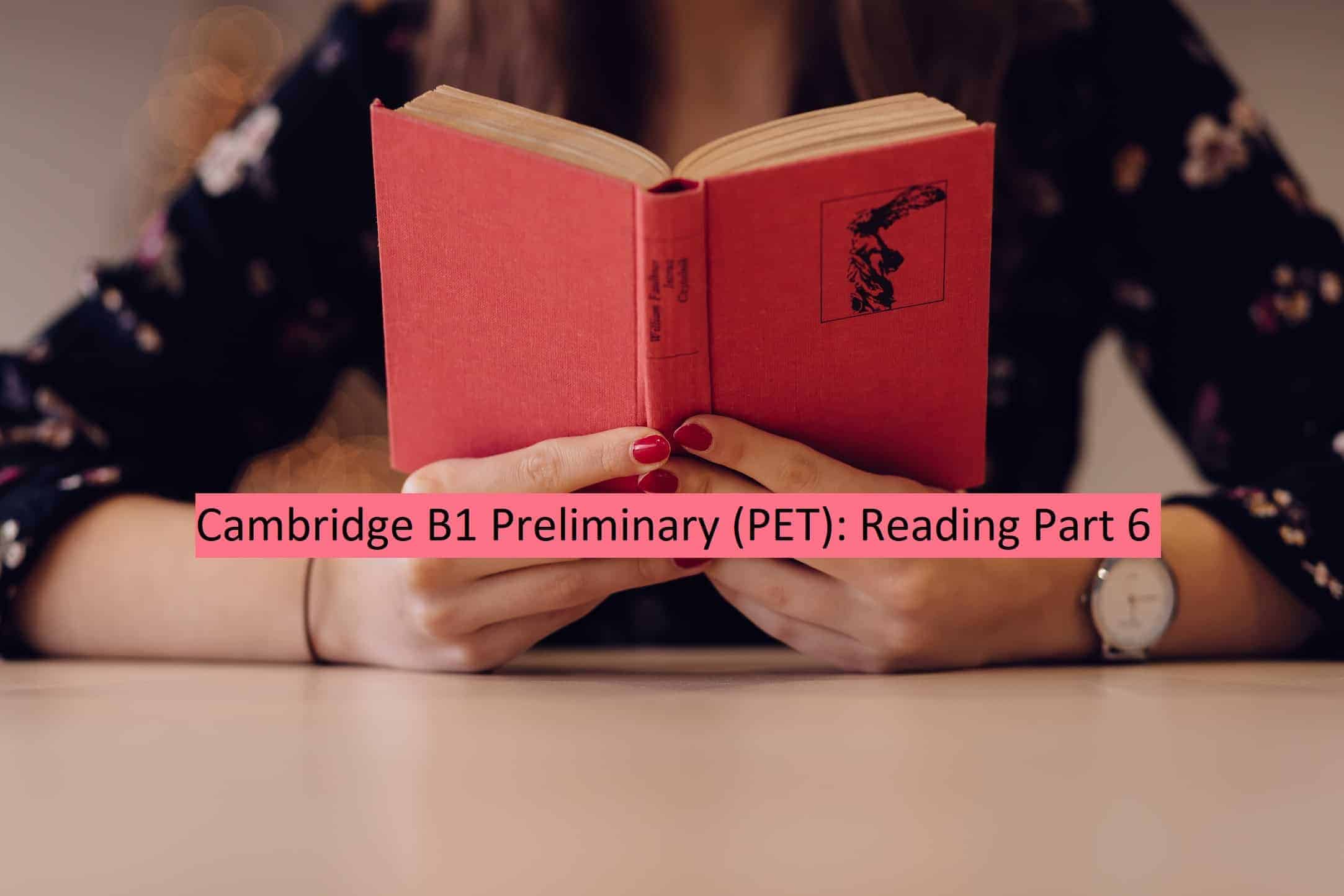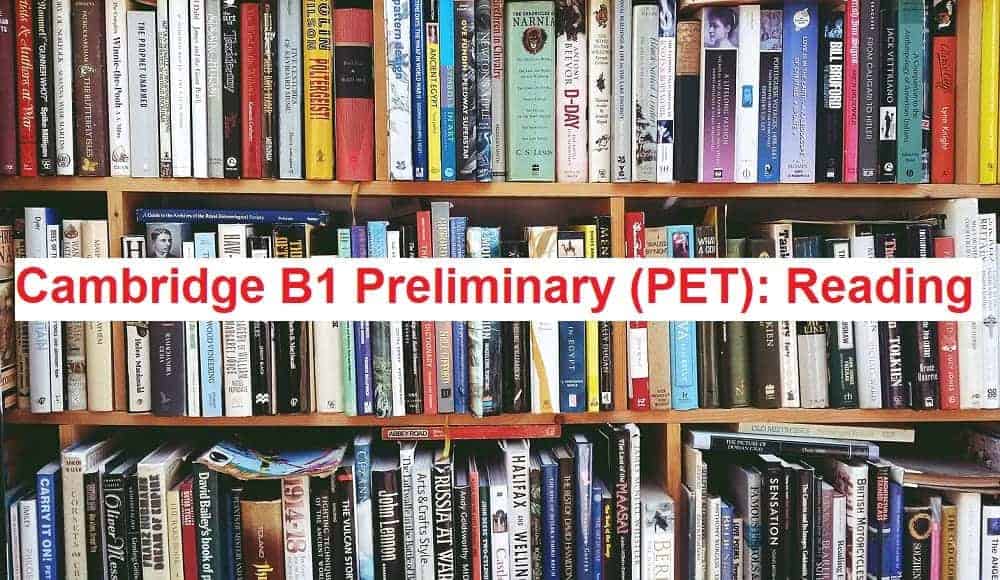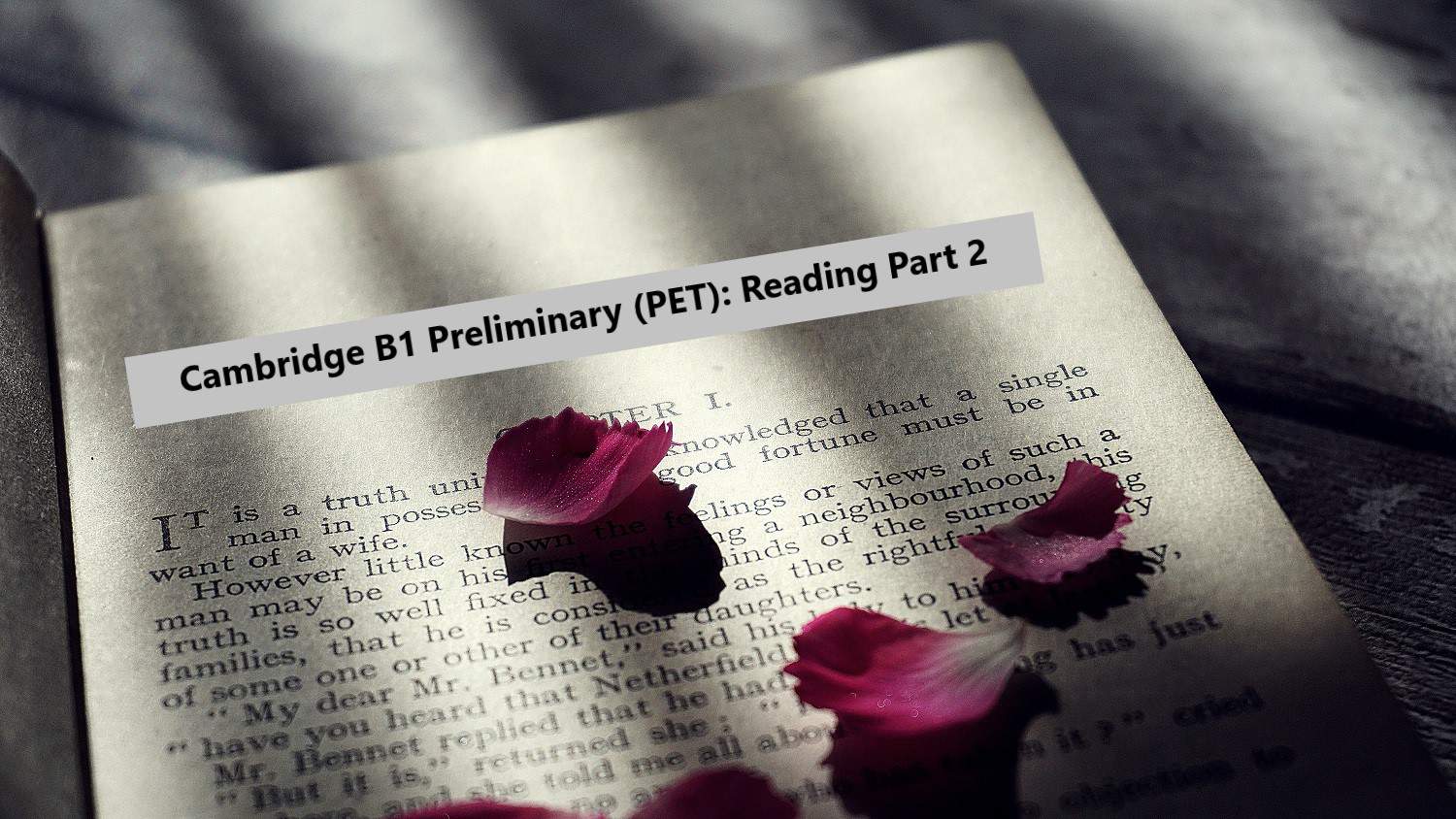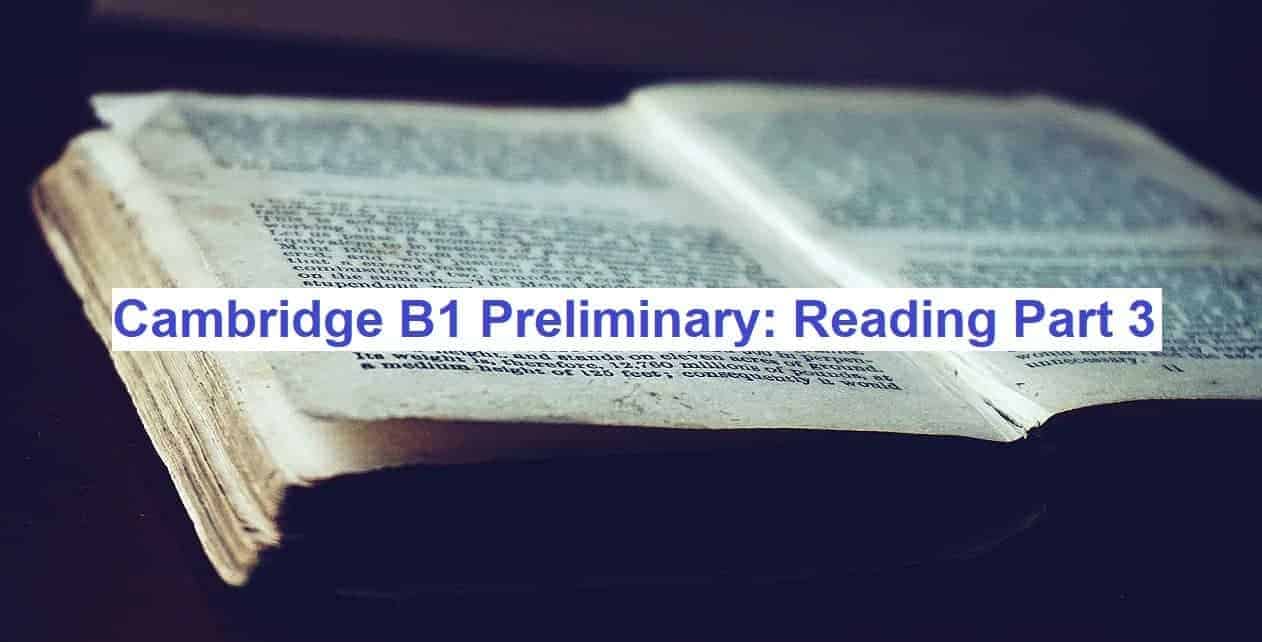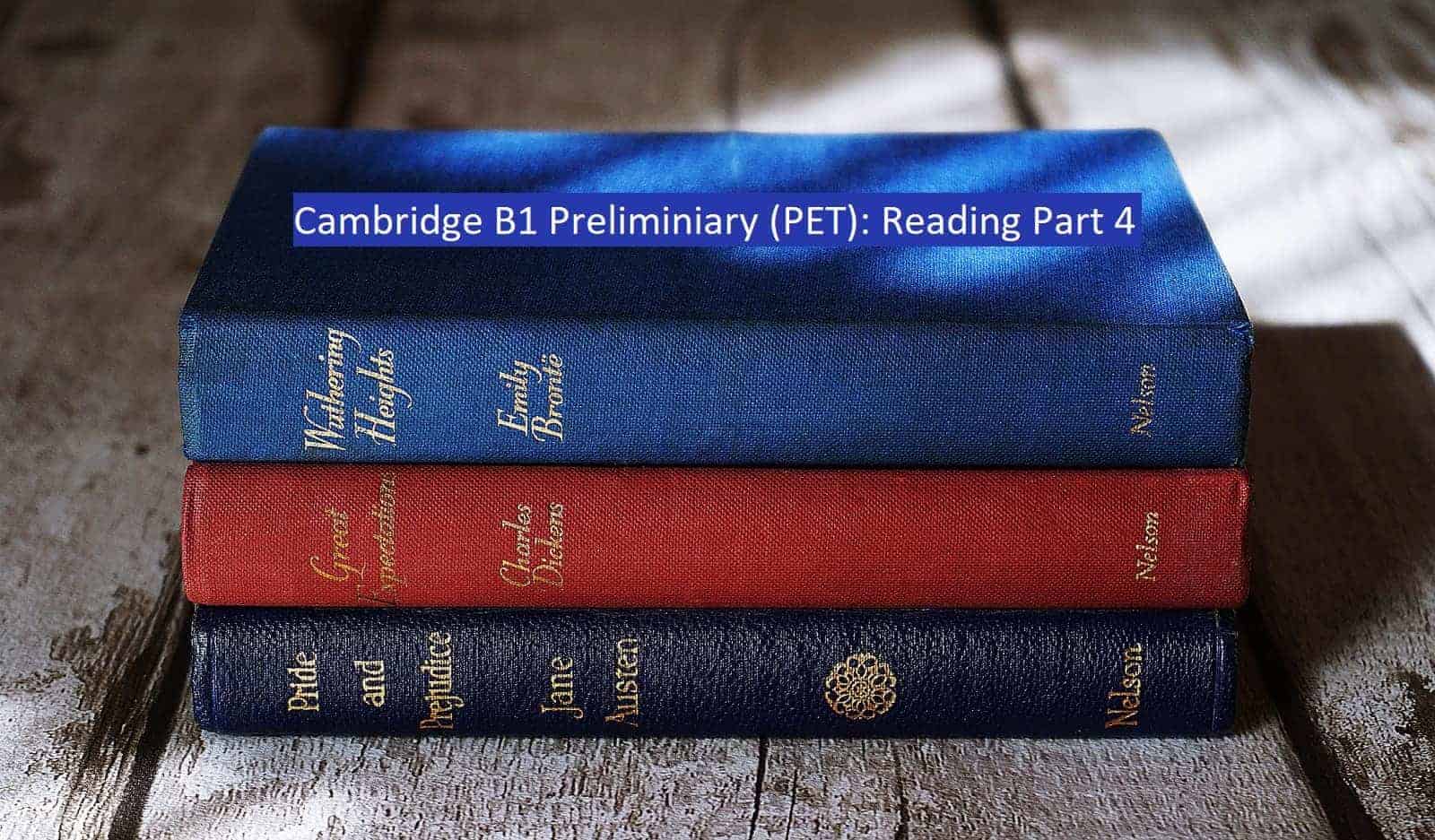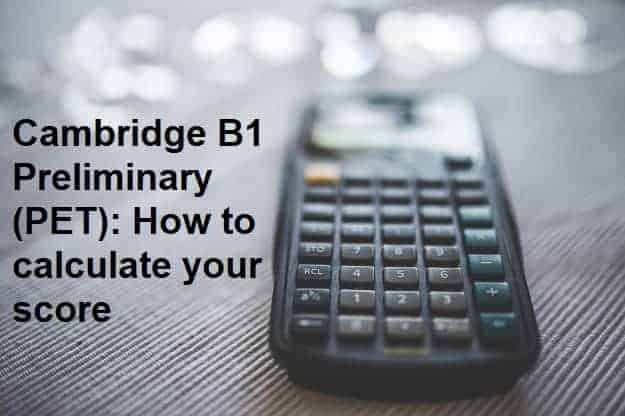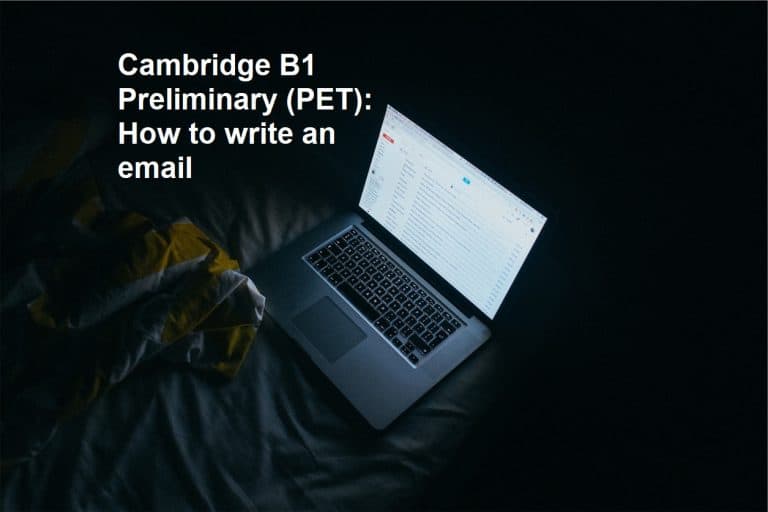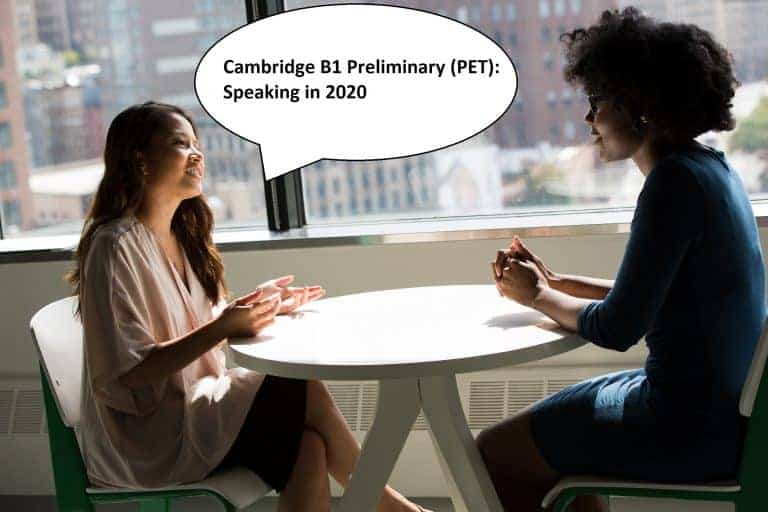Reading Part 6
This article is going to talk about Part 6 of the Cambridge B1 Preliminary Reading paper. Here, you can find useful information about specific problems as well as tips and strategies to improve quickly and get the marks you need to pass the exam.
If you would like to get more general information about PET you can click on the link and read my article on everything you need to know about B1 Preliminary.
And if you would like to learn more about the other five parts of the Reading paper, you can choose any of the posts below.
What do you have to do in Part 6?
Open cloze – You read a short text with six gaps. You have to put exactly one word in each gap.
Part 6 mainly tests your knowledge of grammar (prepositions, verb forms, etc.), but also some vocabulary like phrasal verbs and fixed phrases / collocations, so it is not a true reading tasks like, for example, Parts 1-4.
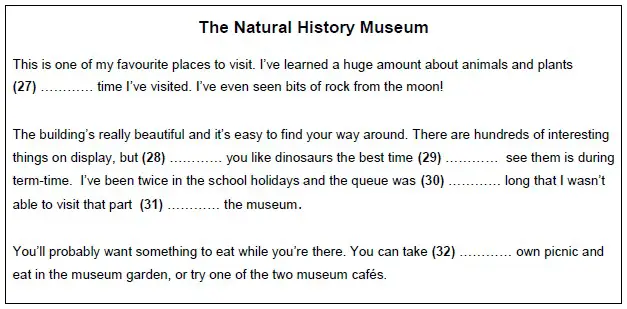
This is what Reading Part 6 typically looks like. You can see that the text you have to read is not terribly long (100-150 words). It looks very similar to Part 5, but there are no possible answers to choose from in this task. You need to decide by yourself what the missing words are.
In addition to completing the task, you must also transfer your answers onto a separate answer sheet which the examiner gives you before you start the exam.
I have already mentioned the other parts of the exam, but it might be a good idea for you to have a look at the PET Reading paper in general. I’ve written an article on teacherphill.com that can definitely help you understand this whole section of the exam better. Just click on this link to find out more.
What is difficult about Part 6?
Every part of the B1 Preliminary exam is different so there are always some specific difficulties and problems that students have to deal with if they want to pass. In the following few paragraphs I’m going to show you what the most common problems are and then we’re going to look at possible solutions and some nice tips and strategies.
Timing is very important
As I said before, there are six parts in the PET Reading paper. The problem is that you only have 45 minutes to answer all 32 questions. On top of that, transferring your answers onto the separate answer sheet usually costs around 5 minutes, which leaves you with 40 minutes for six tasks or 6 1/2 minutes per task.
You see that it is really important to keep an eye on the time. Practise the different tasks so you feel comfortable and confident even under these stressful conditions.
Don’t get frustrated
Reading Part 6 is probably the most frustrating task of the whole paper. While in Part 1-5 you always have different options to choose from or you match different pieces of information, Part 6 leaves you with a text and six gaps and everything else is up to you.
My tip: If you feel like you don’t know some of the answers, don’t worry. Just guess the answer and move on to the next one. Remember, you have just 6 1/2 minutes for this task so you don’t want to waste valuable time only because you are angry and lose focus. You might guess the correct answer and there are 26 other questions in the Reading exam so if you don’t know two or three of them, it doesn’t have to be a huge problem.
Tips and strategies for Reading Part 6
After talking about the most common problems we can now check out what you can do to be confident and prepared when you get to Part 6.
Follow a step-by-step process
I recommend this for every part of the exam and Reading Part 6 is no exception. You can follow this strategy whenever you do this task and it can help you save time and feel calm so you stay focused even if you are running low on time towards the end of the paper.
In Part 6, a step-by-step plan might look like this:
- Read the text quickly
- Analyse the gaps
- Fill in the gaps
- Read the text again
With all of this in mind, let’s check an example.
Read the text quickly
Most students jump straight into filling in the gaps and they are surprised when they make a lot of mistakes. One thing that can definitely help you is to read the text quickly before you do anything else. Understanding the general idea of the text (the topic and some of the details) can be very helpful when you try to choose the correct words.
However, if you feel very confident with your reading and you know that you can understand a text in English easily, you don’t have to do the reading first. It is your decision which depends on how you feel, your timing and many other things.
Analyse the gaps / Fill in the gaps
The next step should always be to look at the gaps and the information you can find before and after each gap. This will give you useful clues so you are able to decide what word is missing in each space. Focus on the grammatical structures, for example articles, verb forms, nouns and prepositions. They often tell you what type of word you need to add to make the sentence grammatically correct and meaningful.

In the example above I’ve underlined a few words that can be helpful. You can see that there is a verb in present perfect (I’ve visited) as well as the noun ‘time’. This should tell you that you need to say how often the writer has visited the museum. Of course, there are many ways to express how often something has happened, but in this specific example there are only two words that we can use: every and each. Remember, you can only write one word in the gap so other phrases like ‘the one time I’ve visited’ are not possible.
Let’s check another example from the same text:

For gap 32 the most important word is ‘own’. If you use own + noun (‘own picnic’). You usually use a possessive adjective (my, your, his, her, our, their) with this expression and because the subject of the sentence is ‘You’ we need to put ‘your’ in the gap.
As you can see, you need to analyse the gaps very carefully to find the grammatical structures or specific expressions that help you find the missing words, but with practice this becomes easier and easier.
Read the text again
Once you finish the task, it is a good idea to read the text one last time. It can happen very easily that you focus so much on the gaps that you forget about the bigger picture and when you read everything again, you might find a couple of mistakes because it doesn’t sound correct in context. This way, you can still make last changes and possibly get another mark or two.
General tips
There are a few things you can do to generally get ready for the Reading paper of the B1 Preliminary exam.
First of all, try to read things in English as often as possible. Even if you only have five or ten minutes every day on the bus to or from work or school, use it practise some reading. Read whatever you want: the news, stories, articles or anything else you enjoy.
You will become a faster reader, which can save you time in the test, and you will see a lot of grammatical structures and new vocabulary that you might see again when you take the exam.
Secondly, think about taking English classes to prepare yourself specifically for the exam. It can be very helpful to have a teacher who can give you feedback on your typical mistakes and things you already do well so you know what you have to improve what you should focus on when getting ready for PET. To find a good school near you have a look at my article about everything you need to know about B1 Preliminary.
Last but not least. think about your time management and the order in which you want to go through the different tasks in the exam. If you want to know more, you can follow the link to my post about the Reading paper in the PET test.
Lots of love,
Teacher Phill 🙂

